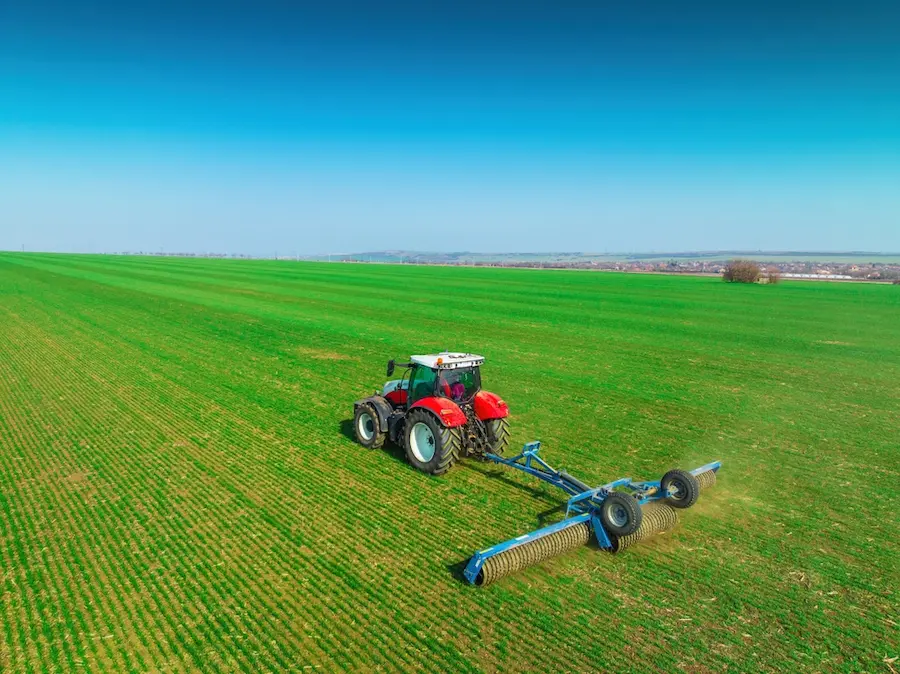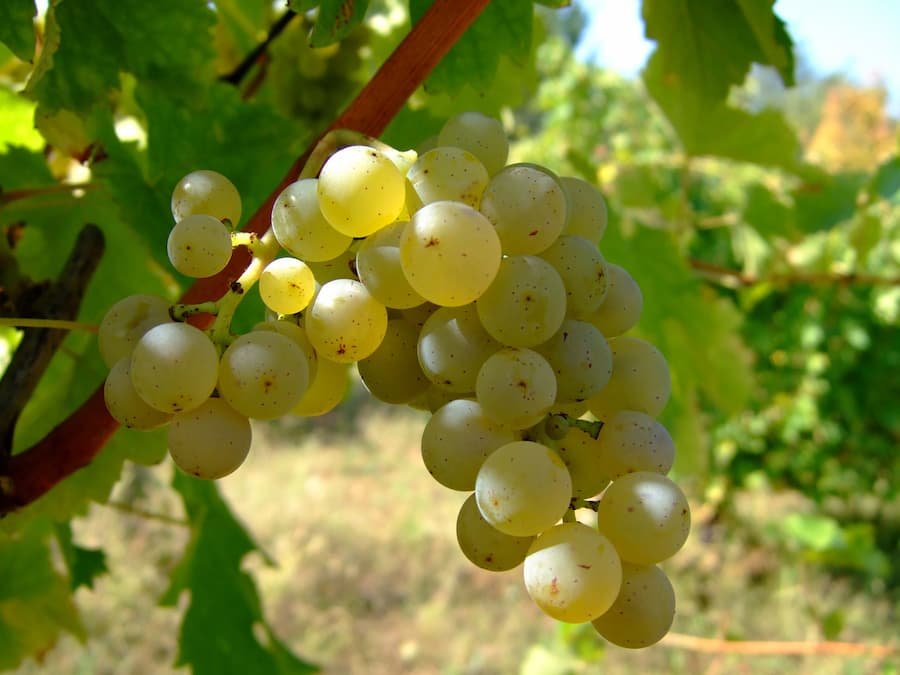In the battle against pests invading homes, farms, and green spaces, a silent hero is emerging – eco-friendly pest control. Gone are the days of indiscriminate chemical warfare that not only harms the environment but also poses risks to human health. Many individuals and organisations embrace eco-friendly methods, prioritising sustainability, effectiveness, and safety. This article will delve into the realm of these “Green Guardians” and uncover their power and perks.
Table of Contents
The Environmental Imperative: Redefining Pest Control
One of the primary motivations behind the shift is the realisation of the detrimental effects of conventional chemical pesticides on the environment. While effective in exterminating pests, these pesticides often leave behind a toxic legacy that contaminates soil, water, and air. They disrupt ecosystems, harm non-target organisms, and contribute to the decline of beneficial insects like bees and butterflies. Moreover, accumulating pesticide residues in food chains poses long-term risks to wildlife and human health.
Nature’s Arsenal: Harnessing Natural Solutions
These methods offer a sustainable chemical pesticide alternative. These methods rely on natural and non-toxic substances to manage pest populations while minimising environmental harm. Biological control, for instance, harnesses the power of natural predators, parasites, and pathogens to keep populations in check. Ladybugs feasting on aphids, nematodes targeting soil-dwelling pests, and bacteria infecting insect larvae are some of nature’s agents at work.
Botanical Bounty: Tapping into Plant Power
Another eco-friendly approach gaining momentum is using botanical insecticides derived from plants’ natural defences. Essential oils extracted from herbs like neem, rosemary, and peppermint contain compounds that repel or disrupt pests’ behaviour without harming humans or beneficial insects. These botanicals offer a safe and sustainable alternative for controlling pests indoors and in agriculture.
Cultural Wisdom: Nurturing Ecosystem Health
Furthermore, cultural practices and habitat modifications are crucial in eco-friendly pest management. By adopting practices such as crop rotation, mulching, and companion planting, farmers can create healthier ecosystems that are less hospitable. These practices improve soil health, enhance biodiversity, and reduce the need for chemical interventions, promoting long-term sustainability in agriculture.
Crop rotation, for instance, disrupts pest life cycles by alternating the types of crops grown in a particular area, thereby reducing the buildup of populations. Mulching conserves moisture, suppresses weeds and provides a habitat for beneficial organisms that prey on pests. Companion planting involves growing different plant species together to deter pests, attract beneficial insects, and enhance overall plant health.
Safe Spaces: Protecting Human Health
However, its benefits extend beyond environmental conservation. They also contribute to human health and well-being by reducing exposure to harmful chemicals. Unlike conventional pesticides, which can linger in the air and on surfaces, eco-friendly alternatives pose minimal risks to occupants of treated spaces. This is especially important in indoor environments, where vulnerable populations such as children and pets may be more susceptible to pesticide exposure.
Sustainable Solutions: Embracing the Future
Moreover, these methods often offer long-term solutions by addressing the root causes of infestations. Instead of merely suppressing pest populations temporarily, these methods aim to disrupt pest life cycles and create conditions unfavourable for their survival. This holistic approach is practical and promotes ecological balance and resilience in the long run.
In conclusion, the rise of eco-friendly pest control represents a paradigm shift in our approach to pest management. By embracing sustainable methods that prioritise environmental stewardship and human health, we can create healthier and more resilient ecosystems for future generations. Its power and perks are undeniable, whether in our homes, farms, or communities. It’s time to join the “Green Guardians” ranks and embrace a more sustainable approach to the well-being of our planet and its inhabitants.
























































































































































































































































































































































































































































































































































































































































































































































































































































































































































































































































































































































































0